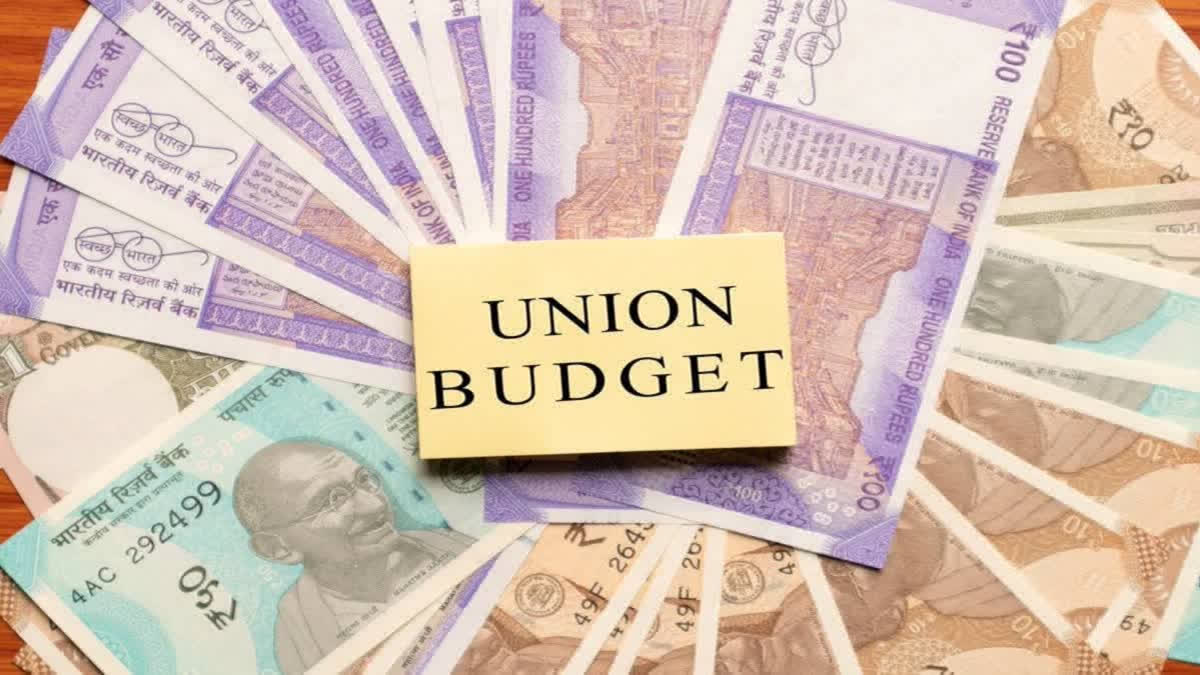New Delhi: In less than two weeks, Finance Minister Nirmala Sitharaman will present the first budget of the new government. This budget will set the agenda and policy direction for the country for the next five years as it entails expenditure of nearly Rs 50 lakh crores, which is nearly 15 per cent of the country’s GDP.
In the interim budget presented in February this year, the finance minister refrained from making any changes in the tax structure due to the convention of not announcing any major change or relief ahead of the general election as it can sway the voters.
However, this time, the middle-class taxpayers are hopeful that the finance minister will give some relief to them on the tax front, particularly some relief in terms of personal income tax which the Centre levies under the Income Tax Act of 1961.
Section 14 of the Income Tax Act defines five kinds of income for the purpose of charging income tax. These are income from salary, income from house property, profits and gains of profession or business, capital gains and income from other sources.
At present a taxpayer, a person who has income in excess of Rs 3 lakh in a financial year (April-to-March period), is required by law to file an income tax return before the due date and pay tax in accordance with the law. Earlier this basic exemption limit was income of Rs 2.5 lakh in a year but the government revised it to Rs 3 lakh in a year for the new tax regime in the last year’s budget.
High hopes for the budget
There is a demand for raising the basic exemption limit from Rs 3 lakh in a year to Rs 5 lakh in a year. One benefit of raising the basic income tax exemption limit from Rs 3 lakh to Rs 5 lakh in a year is that it will leave more disposable income in the hands of millions of middle-class taxpayers which will boost consumption.
In the last year’s budget, the government has also reduced the surcharge rate for high-income people.
For example, the surcharge rates were kept at the same level for income in excess of Rs 50 lakh in a year to Rs 5 crore in a year but for income in excess of Rs 5 crore in a year, the surcharge rate on the income tax was reduced from 37 per cent to 25 per cent.
This reduction in surcharge rate is applicable to only those taxpayers who opt for the new tax regime which has come into effect from April this year.
In last year’s budget, the government also increased the rebate limit from Rs 12,500 in a year to Rs 25,000 in a year for the taxpayers opting for the new tax regime and also increased the taxable limit from Rs 5 lakh to Rs 7 lakh in a year to avail this rebate.
As a result, the taxpayers opting for the new tax regime need not pay any tax for the income of Rs 7 lakh in a year. And with the standard deduction of Rs 50,000 in a year, the effective limit for not paying income tax increased to Rs 7.5 lakh in a year.
The government had maintained the standard deduction of Rs 50,000 in a year for the taxpayers opting for either the old or new tax regime.
Clamour for relief
India’s middle-class taxpayers are the biggest source of private consumption and the biggest driver of GDP growth in the country. And any relief in the personal income tax rates directly translates into more disposable income in the hands of these taxpayers.
There is a demand to increase the effective taxable limit from Rs 7 lakh in a year to Rs 8 lakh in a year or more for availing the rebate under Section 87 (A) of the Income Tax Act.
The government may consider raising the basic exemption limit from Rs 3 lakh in a year to Rs 5 lakh in a year and if it further revises the taxable limit for availing the Rs 25,000 rebate in a financial year from Rs 7 lakh in a year to Rs 8 lakh in a year then it can come as a big relief for the middle-class taxpayers.
It means that the taxpayers opting for the new tax regime will not have to pay income tax on income up to Rs 8.5 lakh in a year as the standard deduction of Rs 50,000 will also be available to them as it is applicable to taxpayers under both old and new tax regime.
As per the latest official data, the buoyancy in the revenue collection, particularly the buoyancy in personal income tax collection has already come as a big relief for the finance minister ahead of the presentation of the Union budget later this month.
In addition to buoyancy in personal income tax collection, average monthly GST collection is also showing strong buoyancy. These two factors offer some room for the finance minister to tweak the effective income tax rates in such a manner that will leave more disposable income in the hands of middle-class taxpayers, giving a boost to private consumption.



